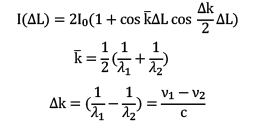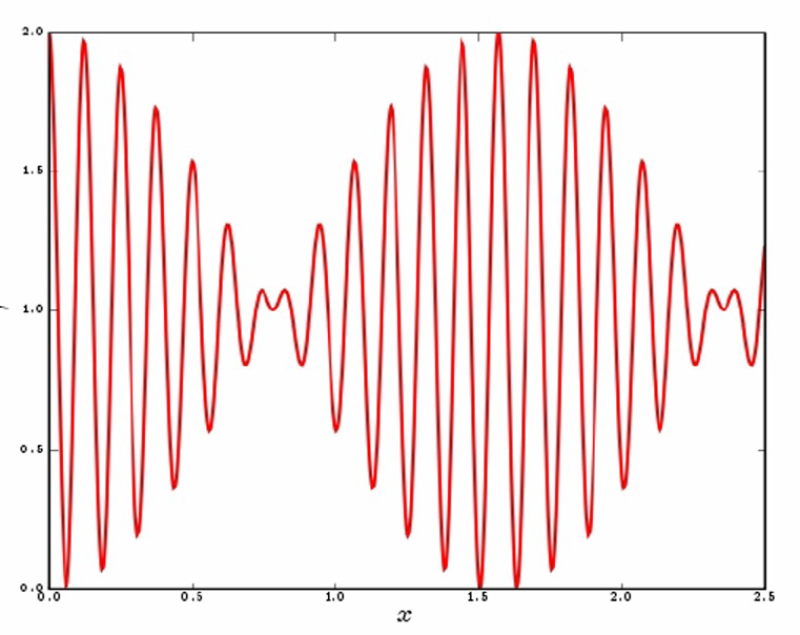precise measurement
Narrow linewidth lasers have important applications in the fields of precision ranging and surface detection. The stabilized frequency lasers, dual-frequency lasers and swept frequency lasers launched by PerciLasers can be used in these high-precision optical detection scenarios.
Features:
- Narrow line width
- Fiber output/Space output
- Excellent beam quality
- Good frequency stability
- Frequency sweep/stabilization
application:
- Optical precision measurement
- Optical coherence ranging
- Surface detection
Based on the Michelson interferometer⁽¹⁾ or Mach-Zehnder interferometer, a narrow linewidth stabilized laser can be used to measure the displacement at the nanometer level with high precision. The relationship between the interference signal I(ΔL) and the displacement change ΔL is::



Dual-frequency interferometer interference signal
PerciLasers has launched a dual-frequency interferometer based on narrow linewidth lasers. Due to the internal all-fiber structure and low-noise circuit design, the dual-frequency laser has a very high signal-to-interference ratio and is insensitive to external environmental interference. In order to ensure the stability of the wavelength, one of the lasers can achieve long-term wavelength stability through saturation absorption/modulation transfer frequency stabilization technology.
http://pre.bainanet.com/list-56-1.html
Based on a similar principle, or Fizeau interferometer⁽³⁾, narrow linewidth lasers can also be used for high-precision surface detection of precision optical components. Generally speaking, detection is achieved by moving optical components or scanning laser wavelengths. Scanning laser wavelengths can achieve detection without mechanical movement and achieve higher accuracy and stability, so scanning laser wavelength interferometers have gradually become mainstream. This requires achieving ultra-large-range linear scanning while achieving narrow linewidth laser output. The high-precision swept laser launched by Frequency Laser can achieve continuous linear scanning of 200-300GHz at multiple wavelengths, and there is no mode hopping during the scanning process, providing a high-quality light source for high-precision surface detection.
http://pre.bainanet.com/list-57.html
[1] https://baike.baidu.com/item/%E6%BF%80%E5%85%89%E5%B9%B2%E6%B6%89%E4%BB%AA/9307358
[2] http://staff.ustc.edu.cn/~renxf/physics/guangkejian/chap3_2.pdf
[3] https://baike.baidu.com/item/%E6%96%90%E7%B4%A2%E5%B9%B2%E6%B6%89%E4%BB%AA/12593070

